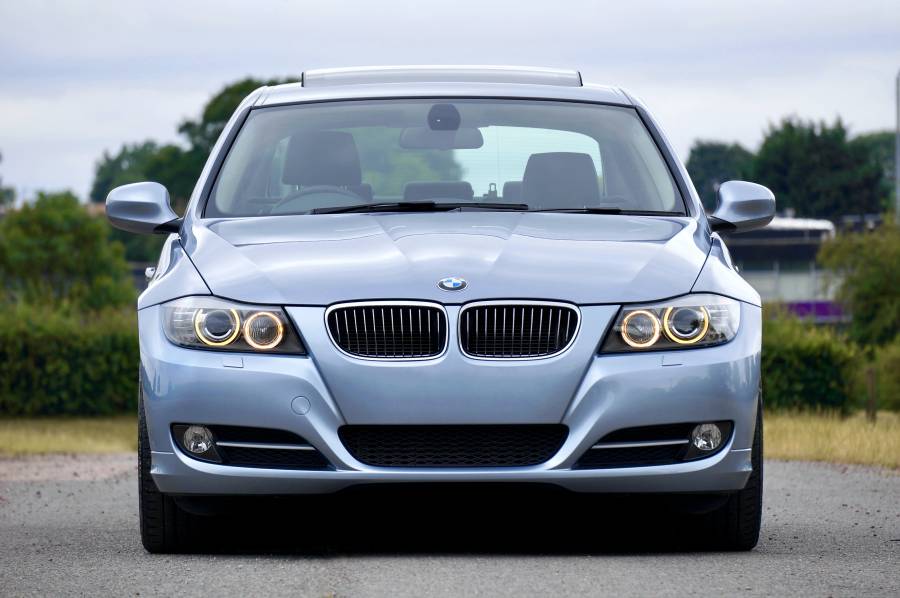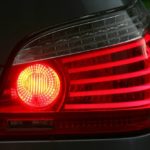Quick Navigation
When a dipped beam bulb fault occurs, it can have several impacts on the vehicle.
One of the common problems is that it can cause the driver to lose visibility while driving.
Additionally, if the fault is not fixed quickly, it can cause the battery to drain more quickly than expected.

If you are experiencing problems with your headlights, it is essential to troubleshoot the issue and determine the cause.
By identifying and resolving the cause of the problem, you can hopefully get your headlights working correctly again.
Dipped beam bulbs are a type of headlight found in most modern automobiles.
Though their purpose is the same as other headlights, dipped beam bulbs provide a narrower and more focused light beam.
It makes them perfect for use in low-light conditions, such as when driving in the rain or at night.
Factors That Can Cause A Dipped Beam Bulb To Fail
Several factors can cause a dipped beam bulb to fail. This article will list the ten most common causes of dipped beam bulb failure.
We will also go over some effective preventative maintenance procedures that can help to ensure that your dipped beam bulbs are operating as they should.
We have listed five potential causes that are most likely to arise for dipped beam bulb failure.
Look out for the symptoms that can lead to these causes with impactful solutions that promptly fix your dipped beam bulb issue.
1. Faulty Wiring
One common cause of dipped beam bulb fault is faulty wiring. If the wiring in your car is not up to standard, it can lead to problems with the bulbs.
It may include problems with the voltage supply, which can cause the bulbs to blow or flicker.
Symptoms
Several symptoms may indicate that the wiring in your dipped beam bulbs is faulty. These can include:
- Bulbs are flickering or going out entirely while in use
- Dimming of the light output
- Intermittent issues with the bulbs staying lit
Solution
If you witness any of these problems, it’s crucial to have the wiring checked by a qualified mechanic as soon as possible to avoid further damage.
Failing to do so could result in decreased safety while driving and increased repair costs down the road.
2. Incorrect Bulb Type
Another common cause of dipped beam bulb fault is incorrect bulb type. If you fit a standard bulb in a car that requires a halogen bulb, it may not work correctly.
It can result in the bulb not providing enough light or even blowing.
Symptoms
If you’re using the wrong bulb type in your dipped beam headlights, you may notice some strange symptoms.
- The light from the bulbs may be dimmer than usual, and it may flicker or pulse.
- The light pattern from the bulbs may also be incorrect, causing glare or poor visibility.
- In some cases, using the wrong type of bulb can cause damage to the headlight housing or other parts of the car.
Solutions
If you witness the symptoms mentioned above, it’s essential to get the problem checked out as soon as possible.
Incorrect bulbs can create a safety hazard for yourself and other motorists, so it’s best to err on the side of caution.

3. Damaged Bulbs
Another common cause of dipped beam bulb fault is damaged bulbs. If the bulbs are damaged, they may not work correctly.
It can be due to physical damage, such as a crack in the glass, or due to manufacturing defects.
Symptoms
The symptoms of a damaged bulb in dipped beam headlights can vary depending on the bulb type used. However, some general signs need to be focused on.
For example, if the light output from the bulb is significantly reduced, this is usually a sign that the bulb has been damaged.
Another common symptom is that the light flickers or pulsate, indicating a faulty connection.
Finally, if the light fails to come on, this is usually a sign that the bulb has failed and will need to be replaced.
Solution
If you observe any of the symptoms mentioned above, then it is essential to have the bulb checked by a qualified or professional mechanic as soon as possible.
They will diagnose the problem and advise you on the best course of action.
In some cases, it may be possible to repair the bulb, but it will need to be replaced in other cases.
4. Dirty Lenses
Another common cause of dipped beam bulb fault is dirty lenses. If the lenses are not clean, they can reduce the amount of light that the bulbs produce.
It can make it more complicated to see at night or in low light.
Symptoms
A few symptoms may indicate that your car’s dipped beam bulbs have a dirty lens.
- You may notice that the light output from your bulbs is dimmer than usual. It can be caused by dirt or debris build-up on the lens, blocking some light from reaching the road.
- You may find that your car’s headlights are not as focused as they should be. It can be another sign of a dirty lens, as the dirt or debris on the lens can cause the light to scatter in different directions.
- Finally, you may experience increased glare from oncoming traffic when using your car’s headlights. It is often caused by a dirty lens, as the dirt and debris can act as a mirror and reflect more light towards oncoming drivers.
Solutions
If you experience any of these symptoms, it is likely that your car’s dipped beam bulbs have a dirty lens and should be cleaned.
If you’re not aware of cleaning your car’s dipped beam bulbs, consult your owner’s manual or take it to a professional for assistance.
5. Faulty Ballasts
Another common cause of dipped beam bulb fault is defective ballasts.
Ballasts are used to supply power to the bulbs, and if they are not working correctly, it can cause the bulbs to blow.
Symptoms
The main symptom of a faulty ballast in a dipped beam bulb is that the light will flicker or pulsate.
It can be pretty noticeable, especially at night, and distract the driver.
Other symptoms include the light appearing dimmer than usual or taking longer to come on when the dipped beam switch is first turned on.
In some cases, the light may not come on at all.
Solution
If you witness above mentioned symptoms, it’s crucial to have the problem checked out by a qualified mechanic as soon as possible.
Ignoring such factors could lead to more severe issues, such as the bulb burning out entirely or causing damage to the electrical system of the car.
Conclusion
Driving at night and your car suddenly starting to veer off the road can be a terrifying experience.
One of the most common causes of this accident is a dipped beam bulb fault.
However, if you know what to look for and how to fix the problem, you can avoid being in a potentially dangerous situation on the road.
For a comprehensive overview of the situation, look for the possible causes that can arise and a potential solution that can temporarily fix your dipped beam bulb fault.

Kevin has been hanging around cars and automobile magazines since he knew what a car is. He grew up in his father’s 1995 Mercedes E320 Wagon and Volkwagon Phaeton W12 2004. He rides his first car, a manual 1979 Porche 911SC.
Currently, he owns an Acura Integra GS-R. During his childhood, he showed a keen interest in how things actually work and fix them. This passion transforms into his eternal love for cars and bestows him an ideal position in one of the leading automobile companies; whenever he finds time, he takes out his Acura and opts for the longest possible route to find hidden wholesome pleasure in a road trip.
Want to read some of the articles written by Kevin? Head to our blog section to find out all the articles written by Kevin.






